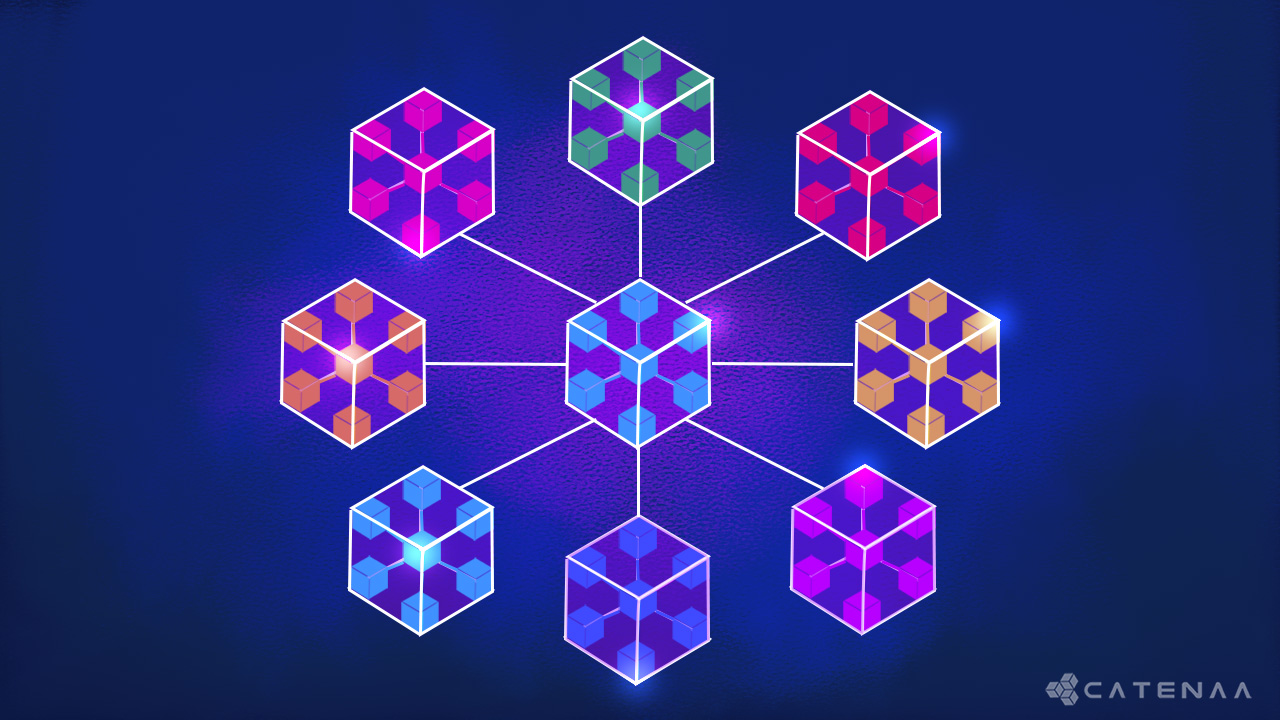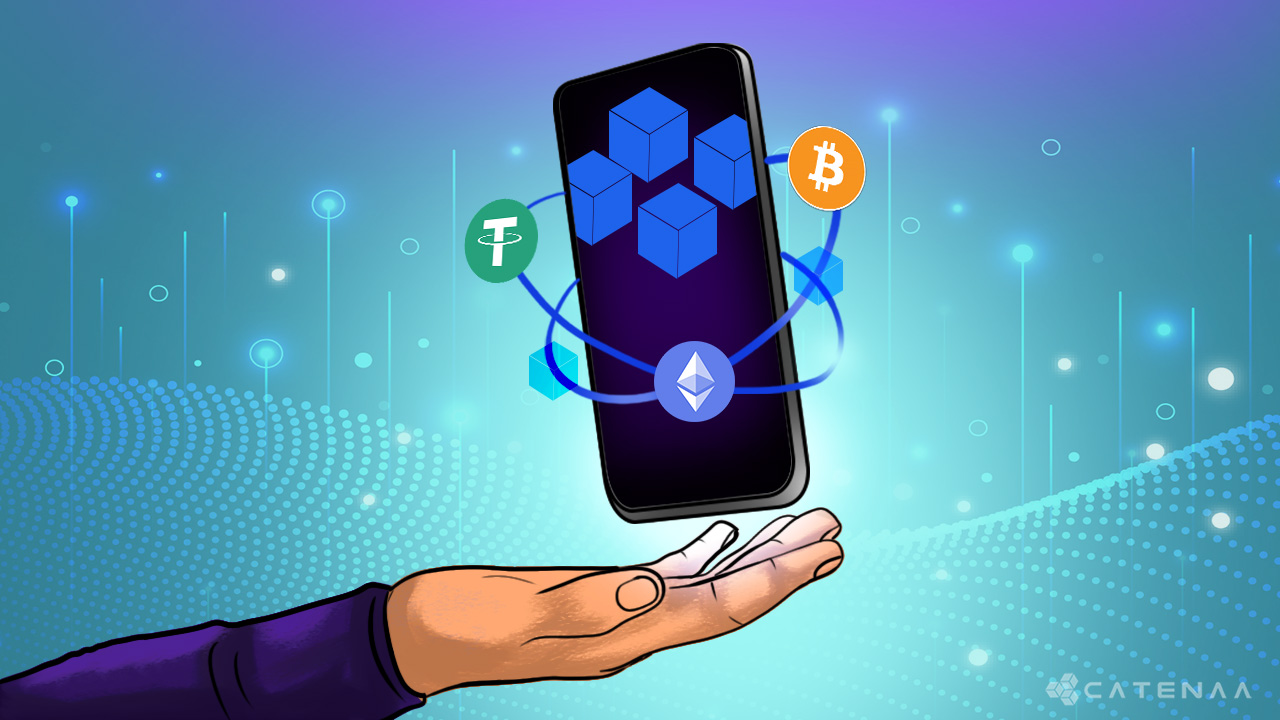Blockchain has proven to be a revolutionary technology that has the potential to change the way we live and do business. It’s a decentralized, immutable, distributed, public ledger of transactions containing digital records which are grouped together in blocks and then linked together to form a chain. This makes it possible for multiple parties to share data without having to rely on a centralized database which can be hacked or corrupted. But this does not mean that blockchain is perfect and without any shortcomings. Currently in blockchain, each node must process all the transactions which take place; this includes storing data such as account balances and transaction history. This mechanism ensures that blockchain has robust security, but it also slows it down considerably. This scalability issue is a major concern for the outlook of blockchain. Sharding aims to tackle this issue and was created as a solution to increase blockchain scalability. In this article, we will dive into the world of blockchain sharding and learn about its workings, benefits, and challenges.
What is Blockchain Sharding and how does it work?
Blockchain sharding is a process of dividing a blockchain into smaller and more manageable pieces. These smaller pieces, known as “shards”, contain data that makes them distinct and independent from the other shards. Even though shards possess their own unique data sets, shards can communicate with each other keeping the ledger safe and decentralized.
Here’s how it works:
- The network is divided into shards, each of which contains a subset of the network’s nodes and a portion of the blockchain data.
- When a new transaction is submitted to the network, it is assigned to a specific shard based on a predetermined rule. For example, the transaction may be assigned to the shard that contains the address of the sender or the address of the recipient.
- The shard processes the transaction and adds it to its own copy of the blockchain.
- The transaction is then propagated to the other shards in the network, where it is validated and added to their copies of the blockchain as well.
The above-mentioned process allows the blockchain to process transactions parallelly while still maintaining a decentralized network.1
What are the Benefits of Blockchain Sharding?
The main benefit of this sharding is that it allows the nodes to process transactions in parallel, thus increasing transaction throughput and allowing the blockchain network to scale.
The other benefits include:
- Reduced costs
- Sharding can help to reduce the resources required to run a node on a blockchain network, which can in turn reduce the costs associated with participating in the network.
- Increased stability
- Since sharding reduces the load on individual nodes it in turn makes them more stable and less prone to any failures.
- Improved user-experience
- With lower transaction processing times comes lower latency, which improves the user experience.
- Enhanced privacy
- Shards store different parts of the same data set. Hence, they only contain fragments of information about a user’s account balance or transaction history.
How to Implement Blockchain Sharding?
There are several ways to implement blockchain sharding. Depending on the use case and needs of the system, a suitable approach should be selected. Now, let’s look at a few sharding approaches.
State sharding
In this approach, the entire database of account balances and smart contract data are divided into separate shards, which will, in turn, make each shard responsible for a portion of the it.
Transaction sharding
The next approach we’re looking at is transaction sharding. With this strategy, the transactions are divided into various shards, each of which executes a specific portion of the transactions.
Computation sharding
With computation sharding, the computing Labor necessary to process transactions and maintain the blockchain is divided into various shards, each of which is in charge of carrying out a different portion of the work.
Conclusion
The future of this technology is bright. Blockchain has the potential to revolutionize a wide range of industries, including banking, financial services, healthcare, government, and more. Blockchain sharding may not be perfect today, but there are great strides being taken to reduce the risks associated with it. If done so properly, sharding will facilitate this growth by allowing it to scale while still maintaining security and decentralization.
- Investopedia: https://www.investopedia.com/terms/s/sharding.asp[↩]


